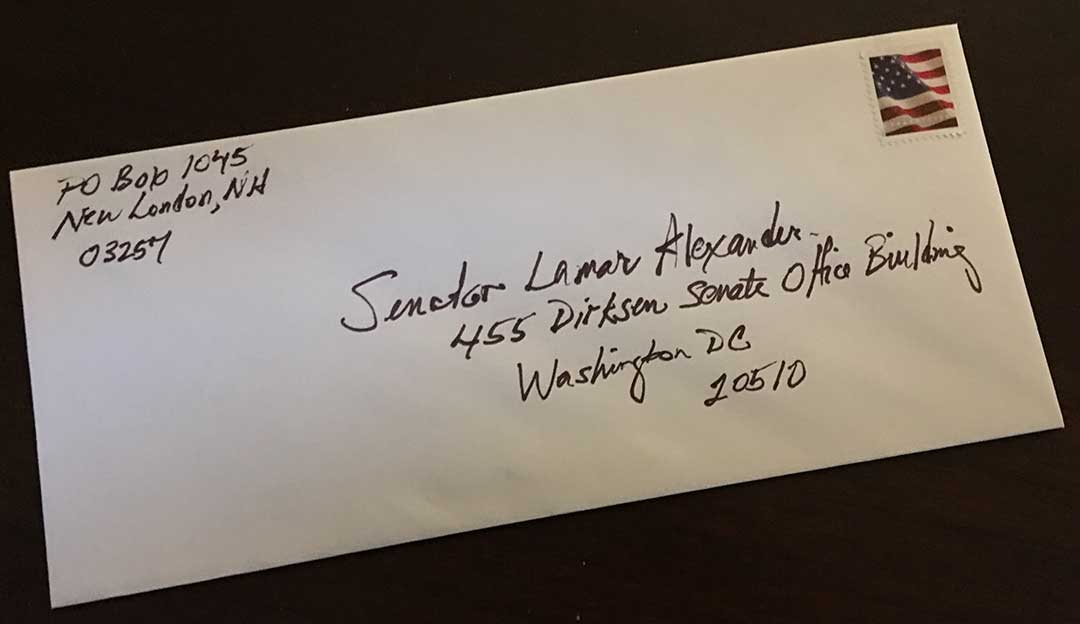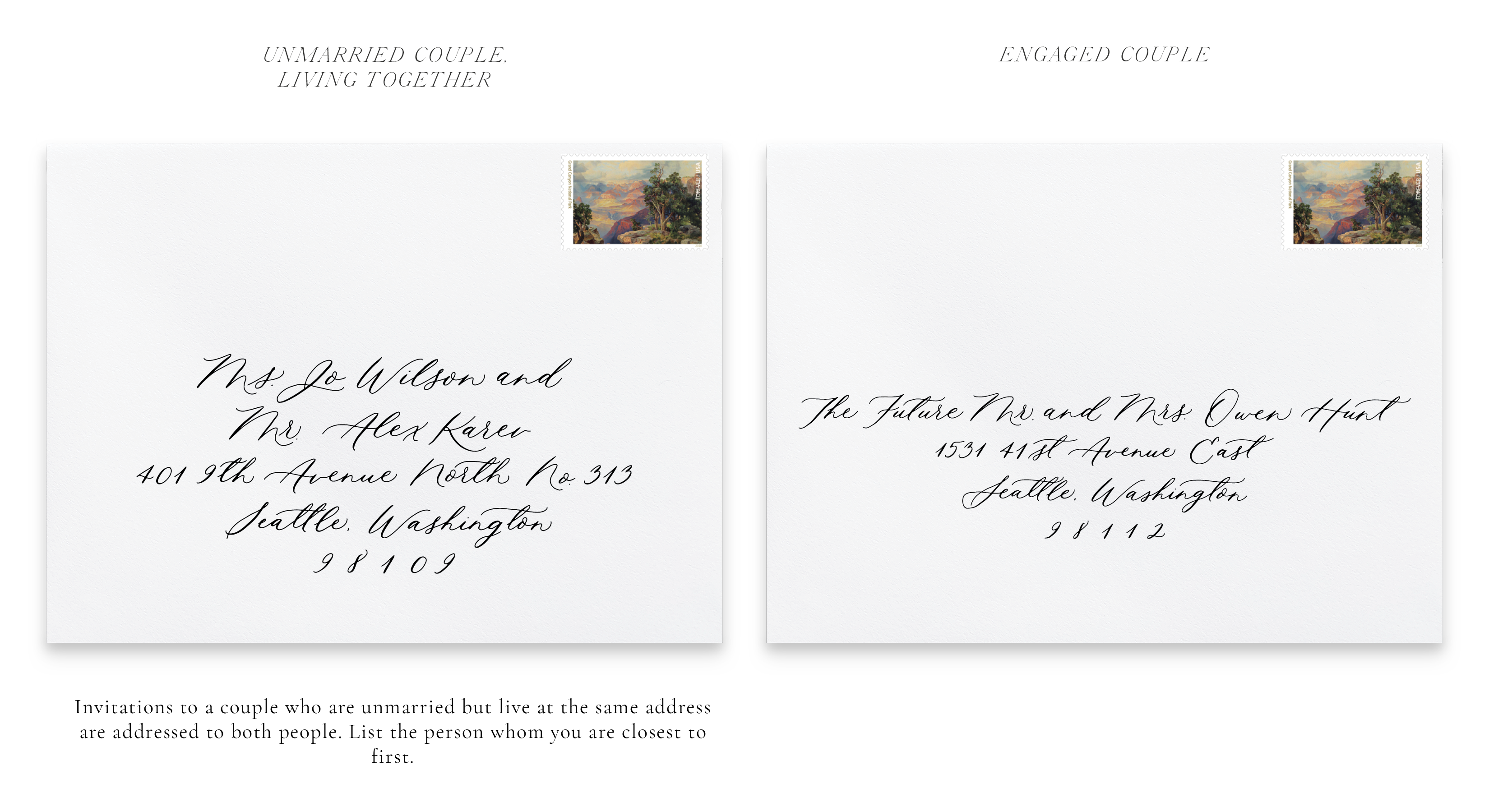

Generally speaking, a letter of intent, also known as a “side letter” is a letter from the grantor to the trustee that provides guidance to the trustee in the exercise of some discretionary power. While there are some nuances to drafting a “letter of intent” or “letter of wishes,” we believe that this type of communication should be a key part of any estate or gifting process and should be written in clear language, as close to the grantor or testator’s own language as possible. Worse yet, many letters turn out to be a form letter from the law firm that simply reiterates language already in the document, such as the discretion given to a trustee to determine income but without any guidance as to what matters to the grantor.

If done at all, the letter tends to be short, focused on one or two items, and often will quickly lapse into bland directions, which will be of little use to a trustee when confronted with a difficult decision. In twenty-some years of reading thousands of legal documents from attorneys around the world, it is the rare situation to find a robust letter of intent is created as part of the planning process. Draft direct letters to your beneficiaries explaining the choices you have made.Incorporate precatory language in documents whenever possible.Include letters of intent for all entities or trusts created.Moreover, it can ensure that the eventual administration of the trust is in keeping with your goals.

We try to communicate to clients through newsletters, exhaustive memos as to trust administration and conferences, yet many of these efforts fail to educate clients as to the implications of technical decisions they are making or re-focus our clients on the ramifications of the choices being made.Īdding three simple items to an estate plan can greatly increase your overall satisfaction with the estate planning process as well as clarifying of the trade-offs in the actual language used in the documents. Planners also balance the reverse translation of documenting a client’s wishes, which are often enumerated in excruciating detail, with the need to leave discretion in the hands of trustees, providing necessary flexibility for the administration of trusts decades hence. Estate attorneys know this dilemma intuitively as we struggle to bridge the gap between the extremely technical and precise language of our documents required by the law and communicating these nuances to our clients. “It’s not what you say, it’s what they hear” is an important mantra in political campaigns (and most compliance discussions).


 0 kommentar(er)
0 kommentar(er)
